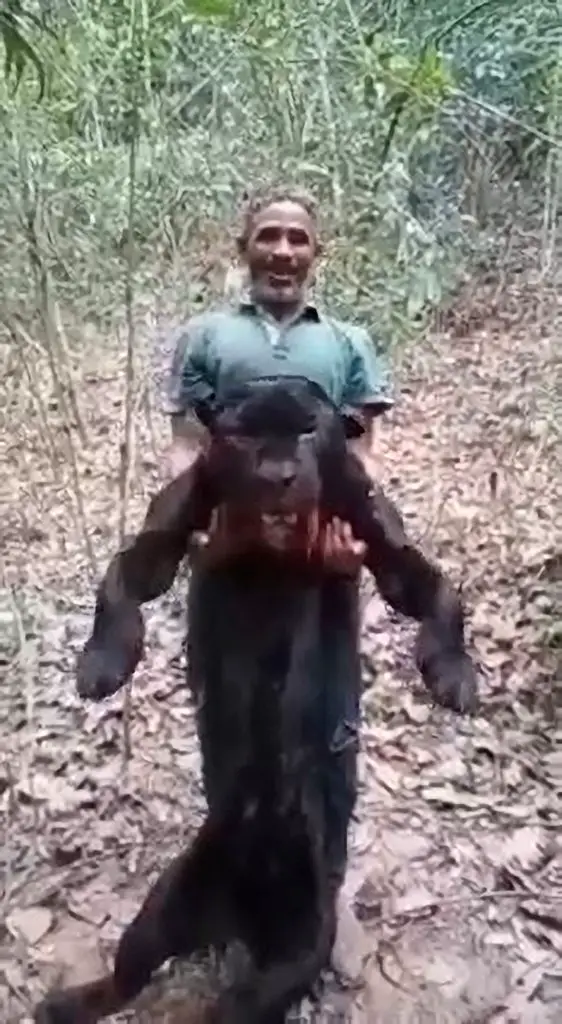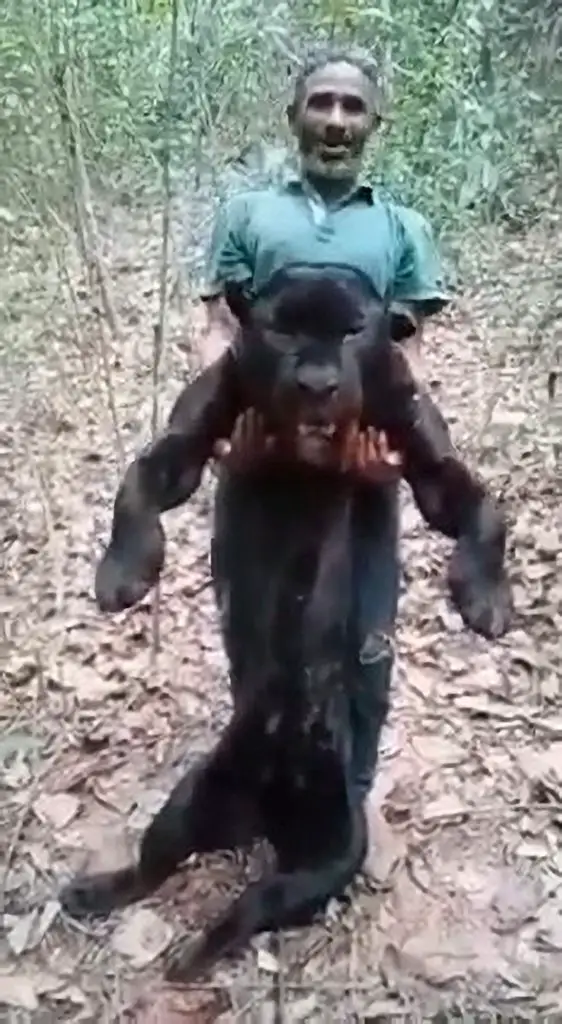These images allegedly showing a poacher in Brazil posing with a dead panther as a trophy have gone viral in South America.
The incident took place in the municipality of Arame, which is located in the north-eastern Brazilian state of Maranhao, when an alleged poacher shared images online of himself posing with what appears to be the corpse of a black panther.
The footage shows the prime suspect, who has not been named, posing with the corpse of the panther while the person filming and another person can be heard laughing in the background. At one point, another man can be seen in the footage posing next to the head of the deceased animal.

The suspect, who has not been named, was reportedly arrested on Wednesday afternoon (20th October) after he allegedly claimed on social media that he had killed the panther in the Arariboia Indigenous Reserve, which is located within the municipality of Arame, according to local media outlet Globo.
The media outlet said that the suspect was arrested by the police, who found the hide of the slaughtered animal, which had been skinned, during the arrest.
The police are also reported to have said that they seized two “shotgun-type firearms” as well as ammunition, gunpowder and other hunting equipment during the arrest.

The police have yet to reveal details regarding the other person seen in the images and the other men who can be heard laughing in the background.
Black panthers in South America are a type of jaguar (Panthera onca) also known as melanistic jaguars. They are a different colour to regular jaguars due to an inherited genetic trait.
They are currently listed as near-threatened on the IUCN’s Red List of Endangered Species.


